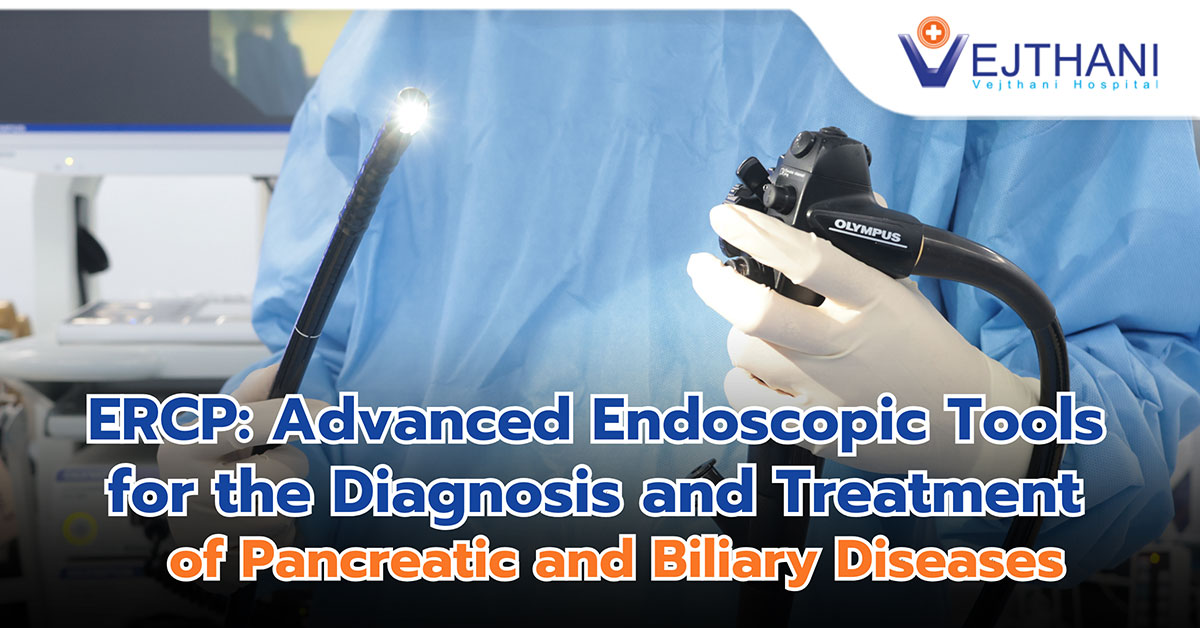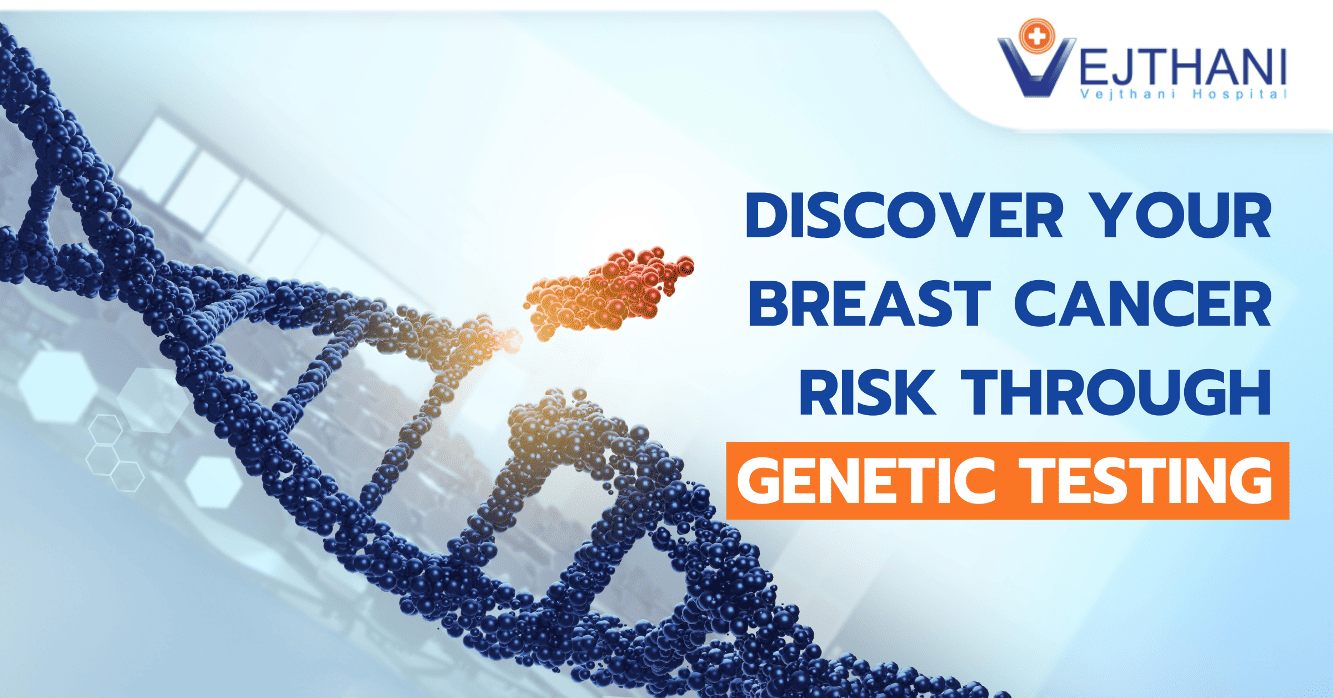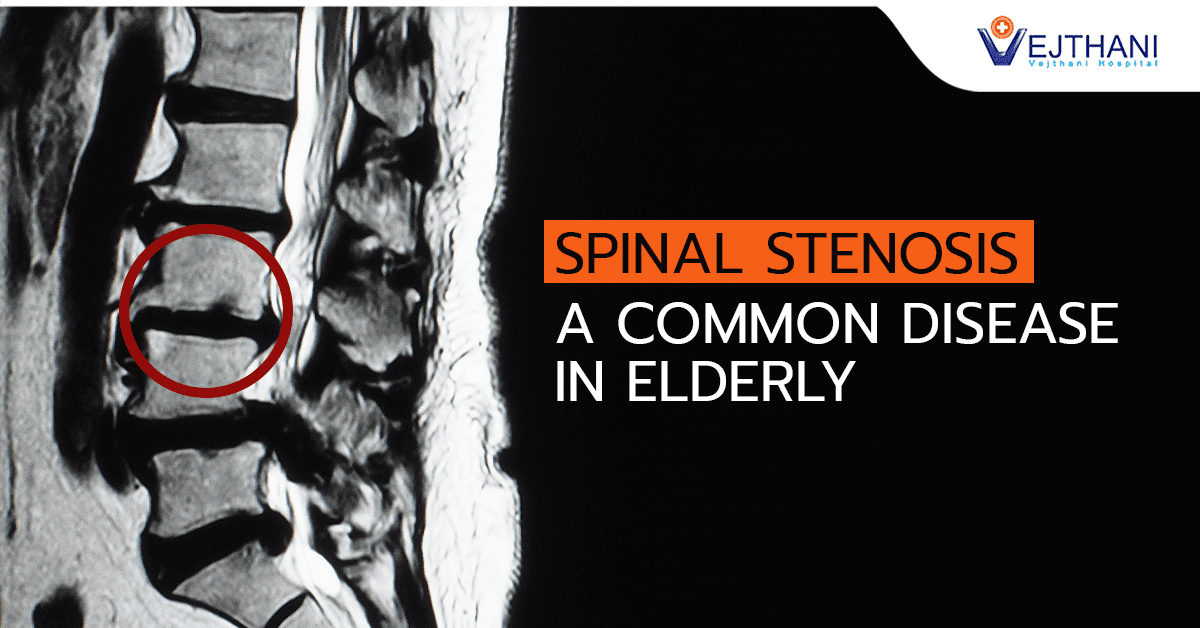
Feminizing hormone therapy
Overview
Feminizing hormone therapy, also known as gender-affirming hormone therapy, is used to induce physical changes in the body caused by female hormones during puberty. These changes, known as secondary sex characteristics, help align the body with a person’s gender identity. The therapy involves taking medicine to block the action of testosterone and includes taking estrogen, which reduces testosterone production and promotes the development of feminine traits. This therapy can be performed on its own or alongside feminizing surgery.
It’s important to note that feminizing hormone therapy can impact fertility and sexual function and may lead to other health concerns. Therefore, discussing the potential risks and benefits with a healthcare professional is essential. Each individual’s journey in transitioning from their sex assigned at birth to their identified gender is unique and deeply personal.
Those considering feminizing hormone therapy should work with a healthcare provider who specializes in this field. This collaboration ensures that the process is medically safe and effective in helping individuals achieve their desired goals. Feminizing hormone therapy can be used alone or in combination with other gender-affirming medical care, such as surgery and voice therapy, to support a holistic transition.
Reasons for undergoing the procedure
Feminizing hormone therapy is used to adjust hormone levels to align the body with a person’s gender identity, particularly for those experiencing gender dysphoria, where there’s a distressing discrepancy between one’s gender identity and their sex assigned at birth or physical characteristics. This therapy can enhance psychological and social well-being, alleviate emotional distress related to gender, improve sexual satisfaction, and overall quality of life. However, it might not be recommended for individuals with hormone-sensitive cancers like prostate cancer, blood clotting issues such as deep vein thrombosis or pulmonary embolism, significant unresolved medical conditions, untreated behavioral health issues, or those unable to provide informed consent.
Risk
Research indicates that feminizing hormone therapy, when overseen by a healthcare provider experienced in transgender care, is generally safe and effective. It’s important to address any queries regarding the physical changes associated with this therapy directly with your healthcare provider.
Possible risk may include the following:
- Deep vein thrombosis (DVT), blood clots in a deep vein.
- Elevated blood sugar.
- Heart problems
- High blood pressure
- High hormone prolactin in the blood
- High potassium in the blood
- High triglycerides, fats in the blood
- Infertility
- Nipple discharges
- Osteoporosis.
- Pulmonary embolism, blood clots cause by DVT travels to the lungs.
- Stroke
- Weight gain
Research indicates that men who use feminizing hormone therapy may be more susceptible to breast cancer than men who identify as men. However, there is no more risk than there is for women.
Those undergoing feminizing hormone therapy want to maintain hormone levels within the normal range for cisgender women in order to reduce risk.
Before the procedure
Before starting feminizing hormone therapy, your healthcare provider will assess your health through a physical examination, review of your medical history, and laboratory tests. This evaluation helps identify any health issues that could impact your treatment. It’s essential to understand what to expect from hormone therapy and to get answers to any questions you may have beforehand.
Additionally, a mental health professional with experience in transgender health may examine you. The assessment could determine:
- Care coordination and follow-up appointment.
- Gender identity, or dysphoria.
- Mental health concerns.
- Risky behaviors such as abusing drugs, using silicone injections without authorization, hormone therapy, or supplementation.
- Sexual health concerns.
- The effects of gender identification in social, familial, educational, and professional contexts.
- The support from family, friends and caregivers.
- Your objectives and treatment-related expectations.
The risks and benefits of hormone therapy and gender transitioning in younger age range should be discussed with a healthcare provider and a mental health professional who specialize in pediatric transgender health if the individual is under the age of eighteen, together with their parent or guardian.
During the procedure
Before starting feminizing hormone therapy, it’s crucial to consult with a healthcare provider specializing in transgender care to understand the pros and cons of different treatment options.
Typically, the first step in feminizing hormone therapy involves taking spironolactone (Aldactone), which blocks androgen receptors, reducing testosterone production in the body. Estrogen therapy usually begins 4 to 8 weeks after starting spironolactone, initiating physical changes similar to those seen in female puberty.
Estrogen can be administered in various forms, including tablets, injections, creams, gels, sprays, or patches. It’s advisable to avoid estrogen pills if there’s a family history of venous thrombosis (blood clots in the lungs or deep veins).
Another option for feminizing hormone therapy is gonadotropin-releasing hormone (Gn-RH) analogs, which can lower testosterone levels and allow for lower doses of estrogen. However, they tend to be more expensive.
After the procedure
Following the beginning of feminizing hormone therapy, you will eventually observe the following physical changes in your body:
- A reduction in ejaculation and fewer erections. This will commence one to three months into the course of treatment. The entire effect will materialize in three to six months.
- A decline in sex drive. This is sometimes referred to as decreased libido. It will commence one to three months following the start of your therapy. The entire impact will become apparent in a year or two.
- A slower shedding of scalp hair. This will start one to three months into the course of treatment. The entire impact will begin to manifest in a year or two.
- Three to six months after therapy commences, breast development will start. The entire impact takes place in two to three years.
- Less oily, softer skin. This will fully affect in three to six months into the course of treatment.
- Testicular atrophy is another term for smaller testicles. It starts three to six months following the course of therapy. It will take two to three years to see the full effect.
- Decreased in muscle mass. This will commence three to six months into the course of treatment. The entire impact will become apparent in a year or two.
- Increased body fat. This will commence three to six months into the course of treatment. The entire impact will materialize in two to five years.
- Decreased body and facial hair growth. This will commence six to twelve months into the course of treatment. The entire impact occurs in three years.
If you stop taking feminizing hormone therapy, you may be able to undo some of the physical changes that it has created. Some cannot be undone, like breast development.
Outcome
The following are benefits of feminizing hormone therapy:
- Improve quality of life.
- Improve satisfaction with sex.
- Improving the psychological and social well-being.
- Lessen psychological and emotional distress related to gender.
Feminizing hormone therapy can impact fertility, potentially leading to long-term infertility, especially if started before puberty. It’s important to discuss reproductive considerations with your healthcare provider before beginning treatment.
If you hope to have biological children in the future, consulting with your healthcare provider about sperm cryopreservation (freezing sperm) before starting feminizing hormone therapy is advisable. This process can preserve your fertility for potential future use.
When receiving feminizing hormone therapy, you schedule frequent check-ups with your healthcare provider for the following reasons:
- Keeping track of any of your physical changes.
- Monitoring your hormone levels. Your hormone dosage may need to be adjusted over time to make sure you are taking the lowest dose required to achieve the desired physical results.
- Get blood tested to look for changes that hormone therapy may have caused to your blood sugar, liver enzymes, cholesterol, blood count, and electrolytes.
- Monitoring any behavioral changes.
Regular preventive care is also necessary. Depending on the circumstances, this could consist of:
- Breast cancer screening: The guidelines for breast cancer screening for cisgender women your age should be followed.
- Monitoring bone health: The recommendations for cisgender women your age state that you should get a bone density assessment. For the health of your bones, you might need to take calcium and vitamin D supplements.
- Prostate cancer screening: The guidelines for cisgender men your age for prostate cancer screening should be followed.
Problems may be indicated by certain estrogen and anti-androgen side effects. Certain ones have the potential to worsen or require emergency care. Contact your healthcare provider if you experience the following:
- Bulging of the eyes.
- Dizziness.
- Hives and swelling.
- Itchy skin.
- Jaundice.
- Joint pain.
- Muscle weakness.
- Tingling in your arms or legs.
- Vomiting.




















